I cooked sambal udang bilimbing this evening. What I didn't say is the recipe is a traditional Peranakan recipe.
Peranakan cooking combines Chinese, Malay and other influences into a unique blend. Peranakans are descendants of early Chinese migrants who settled in Penang, Malacca and Singapore, inter-marrying with local Malays. The old Malay word nonya (also spelled nyonya), a term of respect and affection for women of prominent social standing, has come to refer to the cuisine of the Perakanans. Daughters of well-to-do Nonya women were trained in household and cooking skills from early childhood.
Peranakan cuisine is the result of blending Chinese ingredients and wok cooking techniques with spices used by the Malay community. The food is tangy, aromatic, spicy and herbal. Key ingredients include coconut milk, galangal (a subtle, mustard-scented rhizome similar to ginger), candlenuts as both a flavoring and thickening agent, laksa leaf, pandan leaves (Pandanus), belachan, tamarind juice, lemongrass, torch ginger bud, turnip (jicama), fragrant kaffir lime leaf, rice or egg noodles and cincaluk - a powerfully flavored, sour and salty shrimp-based condiment that is typically mixed with lime juice, chillies and shallots and eaten with rice, fried fish and other side dishes.
Sambal Udang Bilimbing
Ingredients

Rempah (spice paste):
3 candle nuts
10 shallots
1 tsp belachan (shrimp paste)
7 dried chillies, deseeded and scalded briefly in hot water
1 stalk lemongrass
350 g bilimbing
1/2 coconut, grated
7 tbsp oil
7 shallots, sliced thinly
350 g prawns, shelled and deveined
2 limau purut (kaffir lime leaves)
salt and sugar, to taste
thinly-sliced green chillies, for garnish
Method
- Pound all rempah ingredients togehter to a fine paste with a pestle and mortar (or blend in a food processor). Set aside.
- Cut off and discard all but 3 cm of the thick end of the lemongrass stalk. Slice both lemongrass and bilimbing across into 3 mm thick slices. Set aside in separate bowls.
- Add 120 ml water to grated coconut and squeeze to extract coconut milk. Strain milk and set aside.
- Heat oil in a large, heavy based pan over medium heat. When hot, add shallots and lemongrass and fry for 3-4 minutes, or until golden brown. Remove with a slotted spoon and set aside.
- Add rempah to remining oil in pan and fry for 4-5 minutes, stirring constantly, until fragrant. Add bilimbing, prawns, kaffir lime leaves and stir-fry for 3-4 minutes. Pour in coconut milk and simmer for 20-25 minutes. Season with salt and sugar to taste.
- Garnish with fried shallots and lemongrass, and thinly sliced green chillies and serve immediately.
 Zha cai (literally "pressed vegetable") is a type of pickled mustard stem originating from Sichuan, China. This versatile pickle can be used in many preparations. I used them in a stir fry with chicken fillets.
Zha cai (literally "pressed vegetable") is a type of pickled mustard stem originating from Sichuan, China. This versatile pickle can be used in many preparations. I used them in a stir fry with chicken fillets.
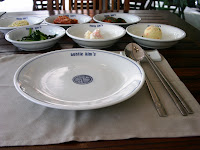
















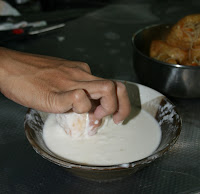
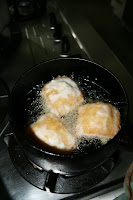






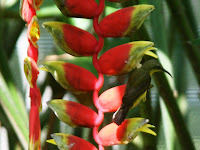


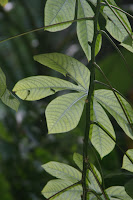

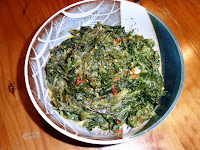









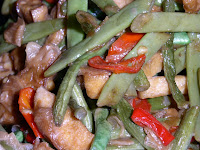




.JPG)


